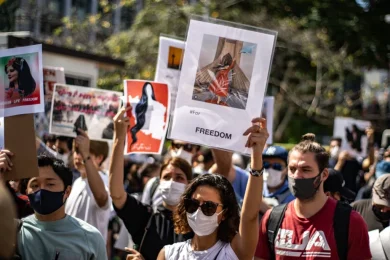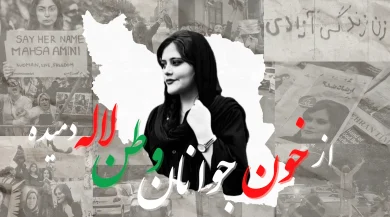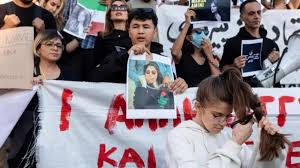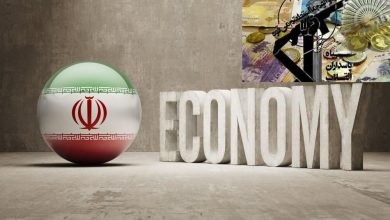Evin Prison, nestled in the northern hills of Tehran, has long stood as a symbol of Iran’s political repression. Originally constructed in 1971, it has become synonymous with the incarceration of political dissidents, journalists, human rights activists, and others challenging the Islamic Republic’s authority. This report delves into the harrowing experiences of political prisoners within Evin’s walls, highlighting their resilience and the broader implications for Iran’s civil society.
1. The Architecture of Repression
Evin Prison’s notoriety stems not just from its detainees but from the systemic abuses reported within. Inmates frequently endure prolonged solitary confinement, often without formal charges, leading to severe psychological trauma. Reports detail instances of physical torture, forced confessions, and denial of legal representation. Such practices aim to break the spirit of dissent and serve as a warning to others.
2. Personal Testimonies: Echoes from Within
a. Reza Khandan: A Voice for Women’s Rights
Reza Khandan, husband of renowned human rights lawyer Nasrin Sotoudeh, was imprisoned in Evin for advocating women’s rights and opposing mandatory hijab laws. In his accounts, he describes overcrowded wards, inadequate medical care, and constant surveillance. Despite personal hardships, including the assault of his son Nima by prison guards, Khandan remains steadfast in his commitment to justice.
b. Mahvash Seydal: Denied Medical Care
International law scholar Mahvash Seydal highlighted the systematic denial of medical care to female political prisoners. In her open letter, she described how healthcare is weaponized, with treatments withheld as punishment, leading to deteriorating health conditions among inmates.
c. Mehdi Hassani: Facing Execution
Mehdi Hassani, sentenced to death on politically motivated charges, recorded a poignant message from prison, exposing the torture he endured and the regime’s oppressive tactics. His plea underscores the dire situation of many facing capital punishment without fair trials.
3. Collective Resistance: Hunger Strikes and Open Letters
Political prisoners have employed various methods to protest their conditions:
• Hunger Strikes: In 2010, seventeen inmates initiated a 16-day hunger strike to protest solitary confinement and lack of medical care.
• Open Letters: Groups of prisoners have penned letters demanding justice, such as the 22 female inmates protesting sexual harassment during body searches.
These acts of defiance highlight the prisoners’ resilience and commitment to human rights.
4. The Role of Women: Frontline of Resistance
Women have been at the forefront of resistance within Evin:
• Narges Mohammadi: Despite severe health issues, she continues to advocate for human rights from behind bars.
• Sepideh Gholian: Her memoir, “The Evin Prison Bakers’ Club,” intertwines stories of torture with moments of solace found in baking, showcasing the indomitable spirit of female prisoners.
Their stories inspire and mobilize support both domestically and internationally.
5. International Response and Advocacy
Global organizations have condemned Iran’s treatment of political prisoners:
• Human Rights Watch: Documented systemic abuses within Evin, calling for international accountability.
• Amnesty International: Highlighted cases like that of Maryam Shafipour, emphasizing the need for fair trials and humane treatment.
Such advocacy has led to increased awareness and pressure on the Iranian regime.
Conclusion
The voices emerging from Evin Prison paint a grim picture of systemic repression. Yet, amidst the darkness, the unwavering spirit of Iran’s political prisoners shines through. Their testimonies serve as a clarion call for justice, urging the international community to stand in solidarity and demand meaningful change.
Join Our Newsletter!
Stay informed with the latest updates, news, and ways to take action in the fight for justice and global security. Sign up now to get updates delivered straight to your inbox!





